Quirky things to find in European cities
1) Nasoni
Rome
In Rome, the public water fountains are called nasoni or ‘big noses’, because of the curved shape of the iron spigot. There are about 2500 in the whole city! The app 'I Nasoni di Roma' will help you locate the closest one to you, where you can fill up your bottle with drinking water for free. Available in the Google Play store and App store.
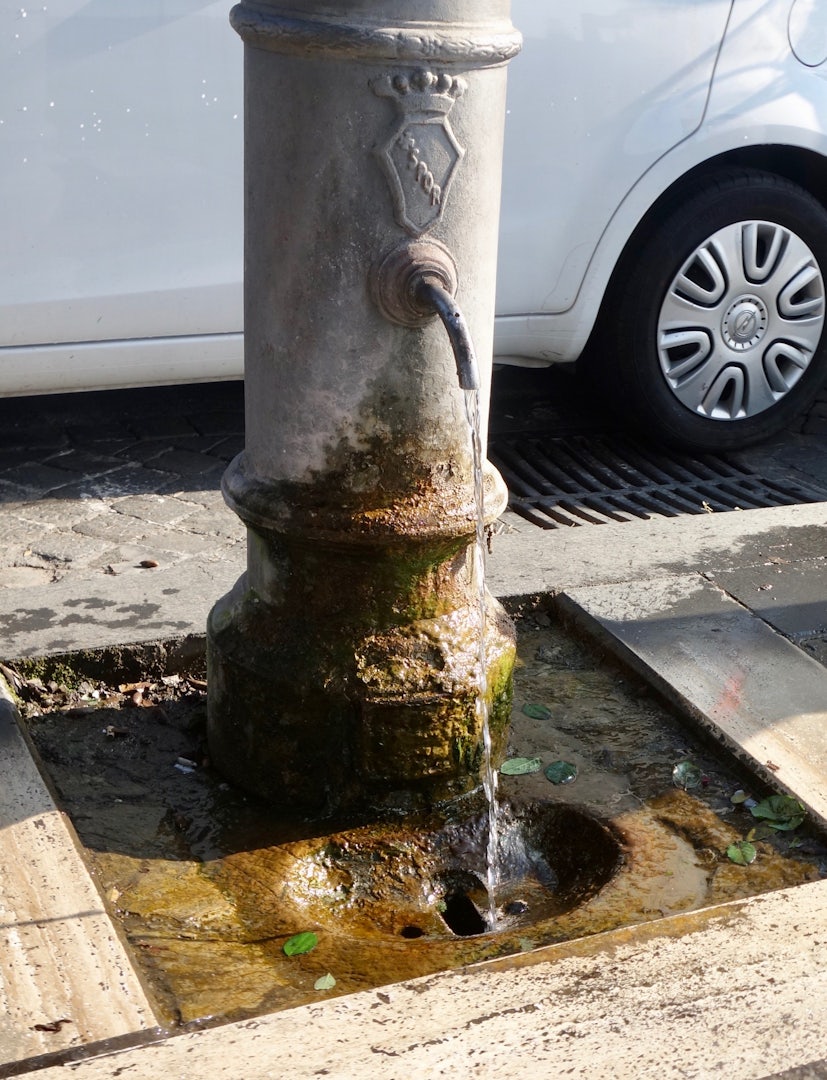
2) Oranges
Valencia
You'll see oranges everywhere in Valencia and not just only on trees...At the Estació del Nord there are countless mosaic oranges, and not just because they look cute: they are a symbol of prosperity, success and agriculture. Spain is the largest producer of citrus fruit in Europe, producing around six million tonnes a year, and Valencia reportedly grows around 70 percent of that.
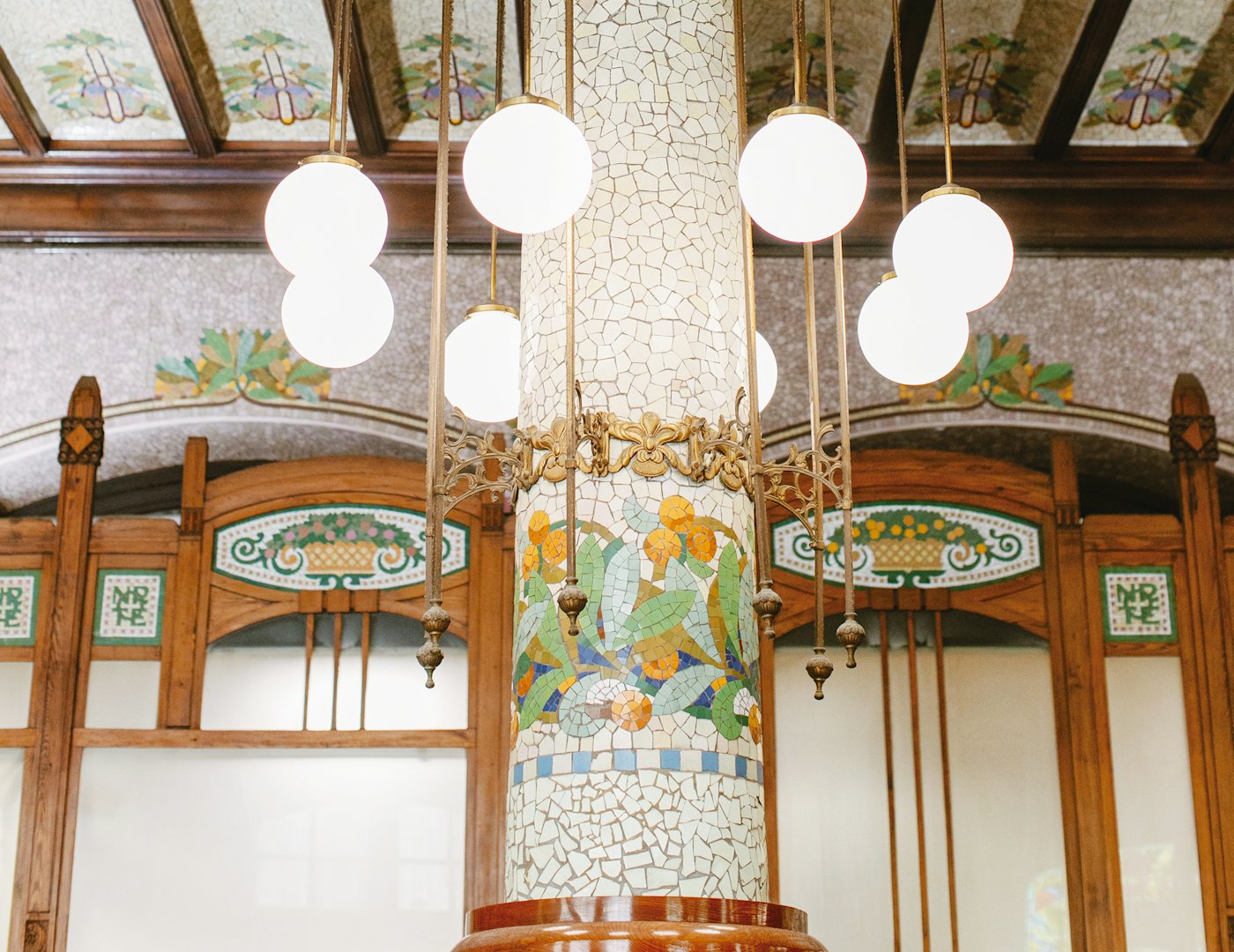
Paula G. Furió
3) Multilingual street signs
Brussels
All street signs in Brussels are in two languages, French and Dutch. But some streets in central Brussels are also named in the local Brussels dialect, while a cluster of 30 streets near Grand-Place are also named bilingually after comic book characters. So the Rue des Sables (Zandstraat in Dutch) is also the Rue Schtroumpf (Smurfstraat in Dutch).
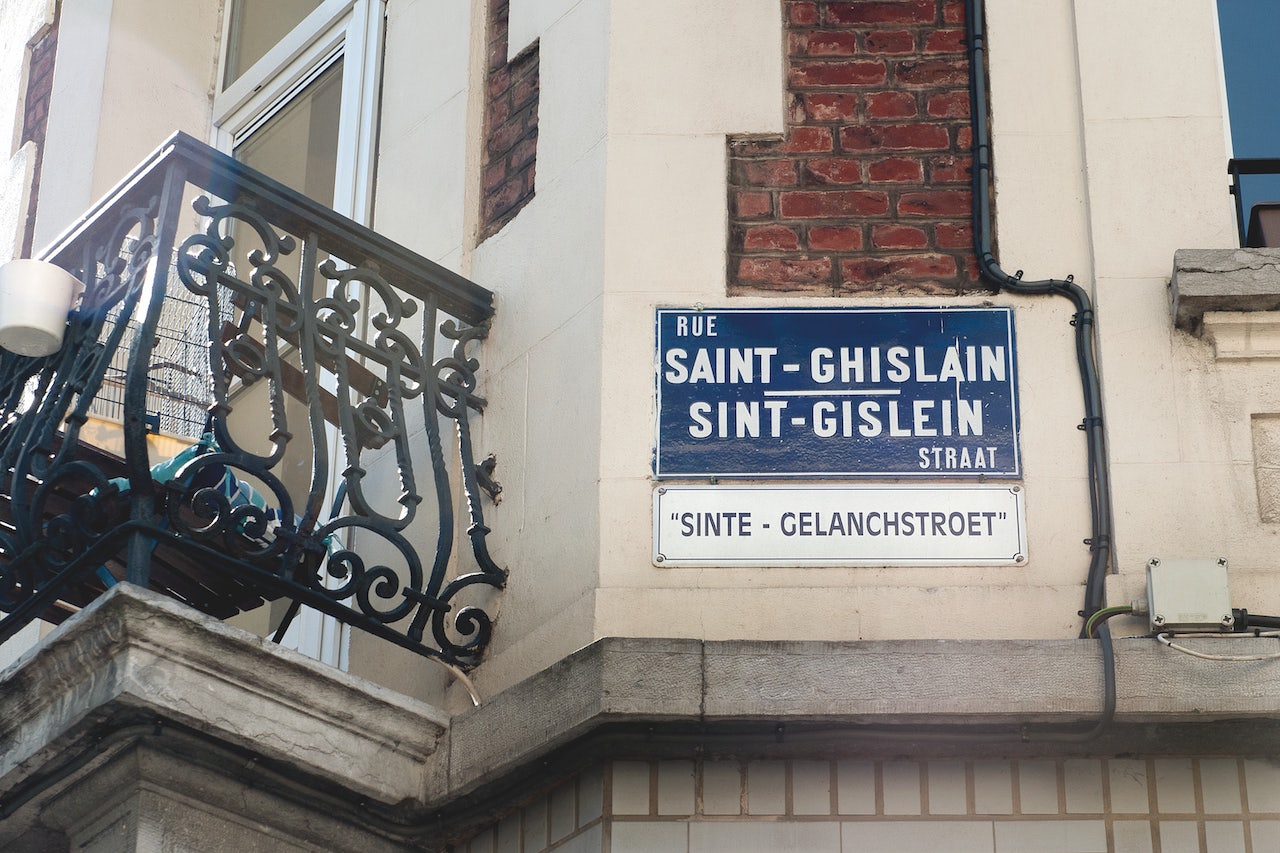
Joram Van Holen
4) Cabman's Shelters
London
Thirteen of these distinctive green sheds are scattered around London’s streets. They are survivals from a programme begun in 1875 to provide (horse-drawn) hansom cab drivers with shelter and food and drink. They still service taxi drivers today, providing a place for a cup of tea and a chat. The public can purchase good value refreshments from a hatch, but not enter the shelters. One can be found outside the V&A’s main entrance.
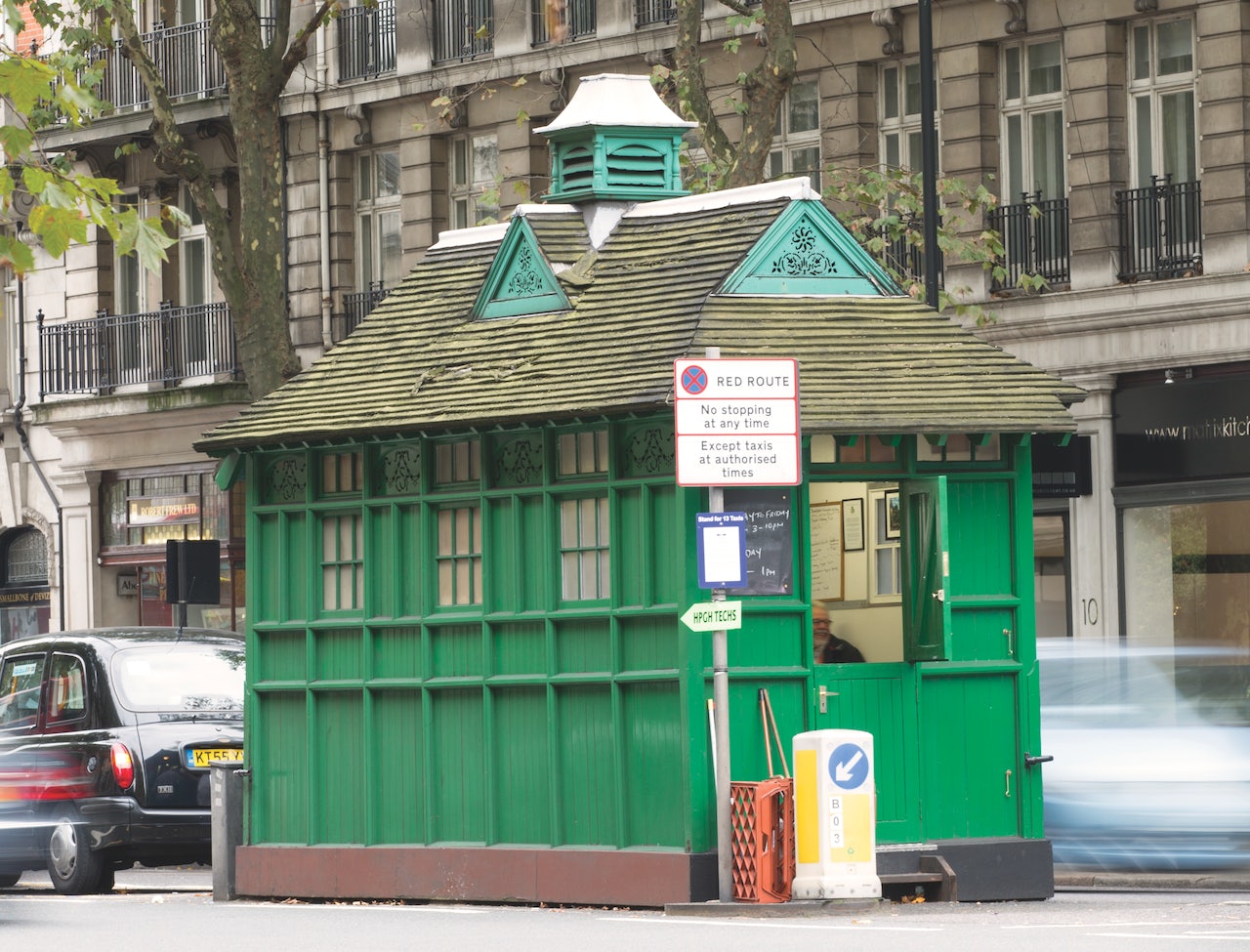
Sam Mellish
5) Boot-scraper art
Antwerp
The artist Elke Lemmens has created 45 miniature scenes in the small iron boot-scrapers attached to Antwerp town houses. Originally used to scrape off mud, the boot-scrapers had fallen into disuse until Lemmens decided to create tiny scenes based on the stories of the people living in the houses. One scene shows five family members standing on a globe. All 45 of Elke’s tiny works are mapped on her website.
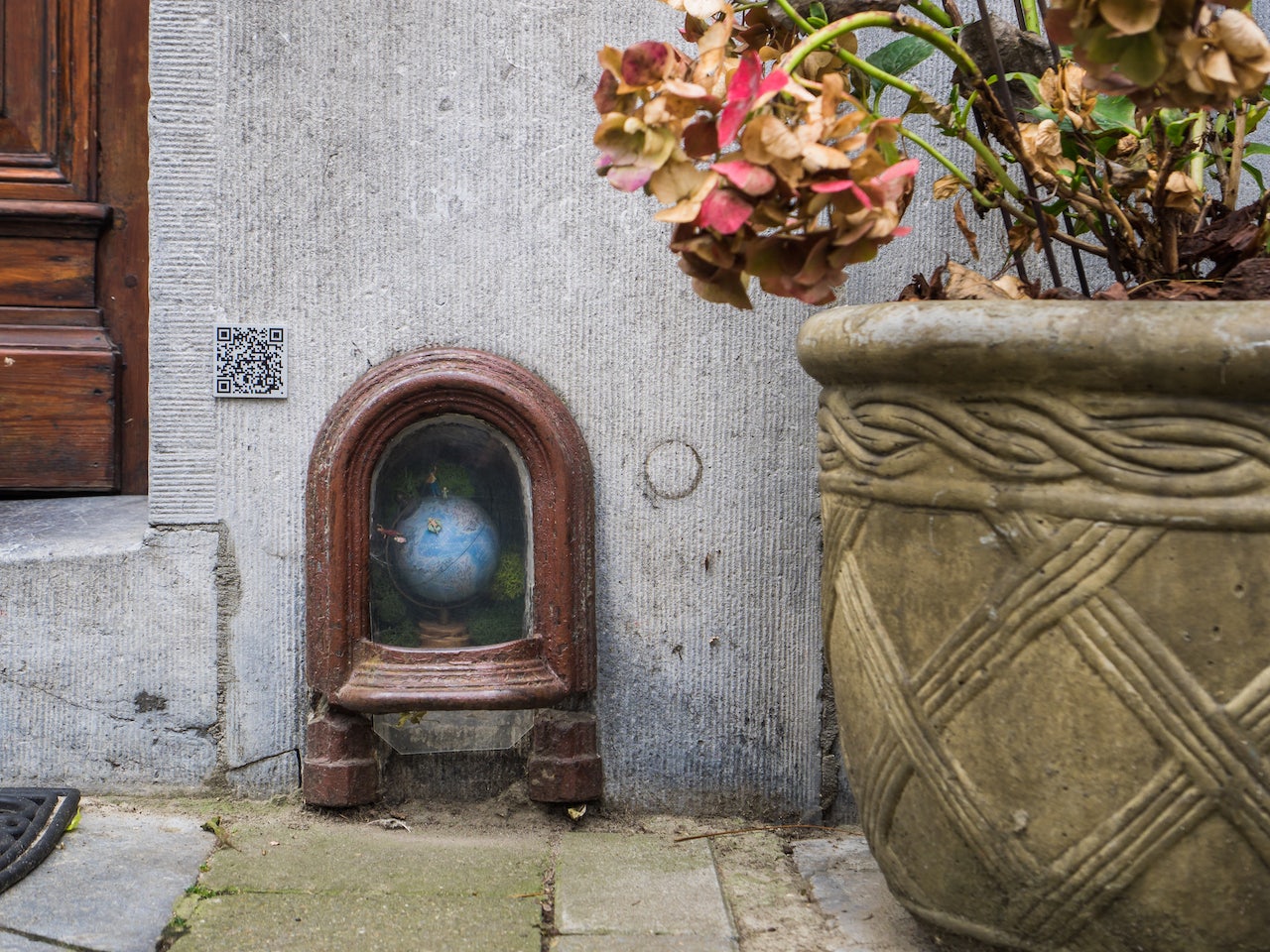
Roel Hendrickx
6) Camino markings
Dublin and across Europe
Have you ever spotted the many symbolic scallops across Europe? Known by many names, the Camino de Santiago is a pilgrimage that follows a number of routes all leading to the Cathedral of Santiago de Compostela in Galicia northwest Spain. One such route begins at Dublin’s own St. James’s Church, which will also issue your Irish Pilgrims Passport. Look for a painted, printed or tiled (often blue and yellow) St. James’s scallop shell, which is a symbol of the route.
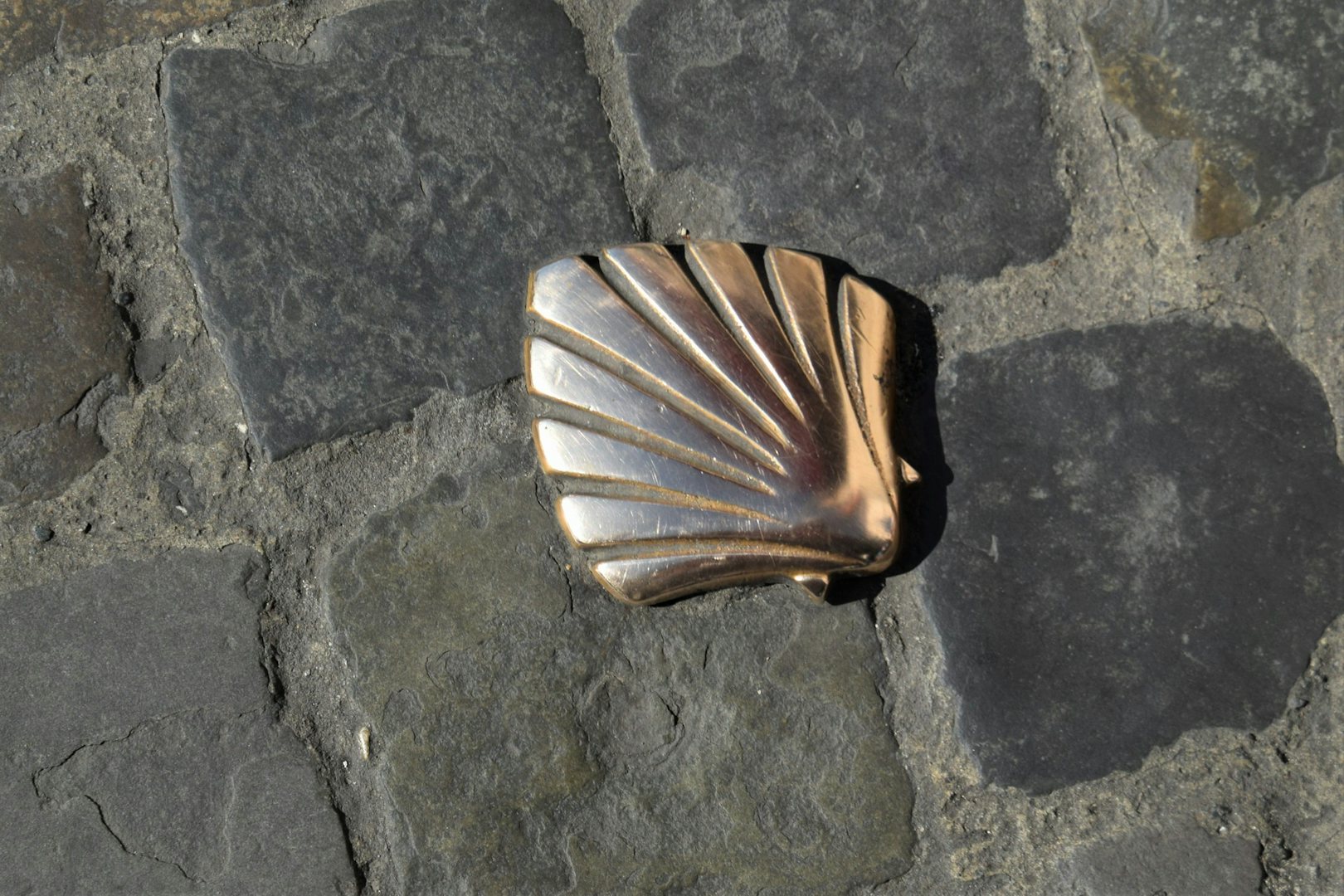
7) Space invader art
Paris and across Europe
This famous street artist has been leaving behind his small mosaic tiles all over Paris and other European cities for over ten years. The pixellated works are inspired by the popular video game Space Invaders, which was released in 1978. Each ‘invader’ is unique and perfectly blends in with the city. Look carefully and chances are you might run into a work of this artist, especially in the northeast of Paris. Or visit the Space Invader website to find all the locations.
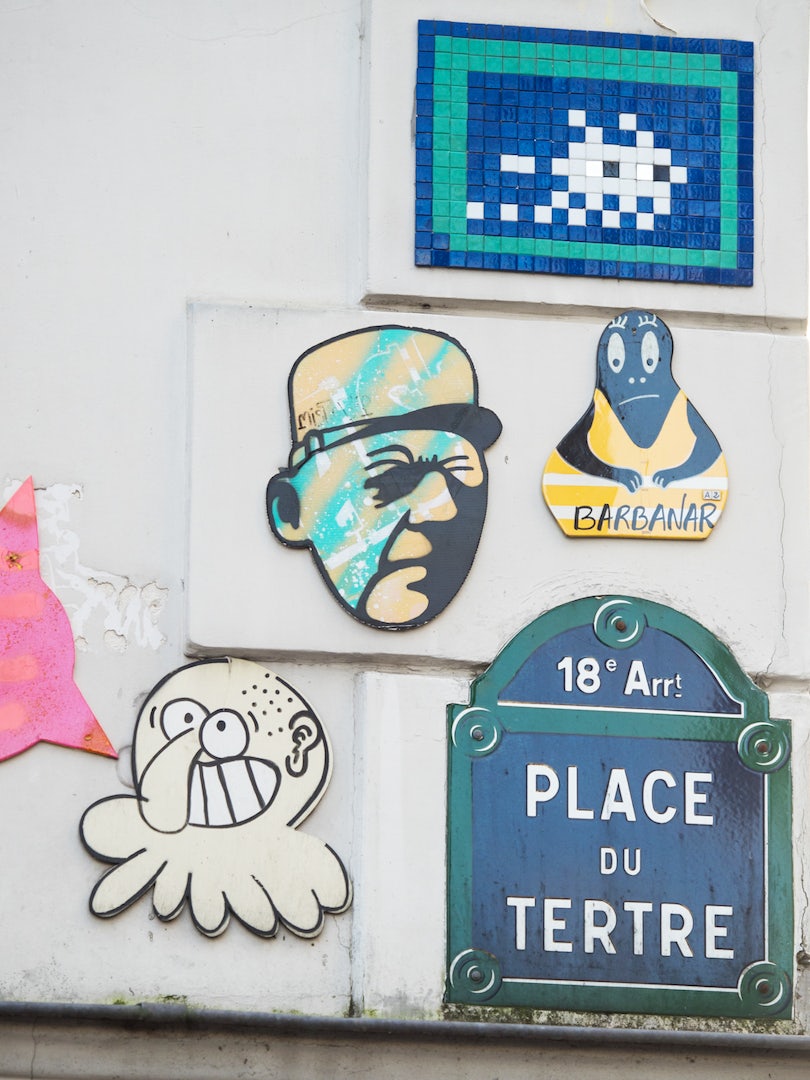
Roel Hendrickx
8) drinking in public spaces
Copenhagen
Many European cities like Berlin, Copenhagen, Antwerp, Brussels and Barcelona have generous laws when it comes to drinking alcohol in public. Especially in the summer months, when any spot in town can be transformed into an outdoor bar. One of the most popular of these spontaneous drinking spots is the Dronning Louises Bro bridge in Copenhagen that links the city centre and the diverse, artistic Nørrebro district. In recent years it has become the spot for the area’s students, couples, and hipsters to sit in the sun and enjoy a six-pack of Danish brew.
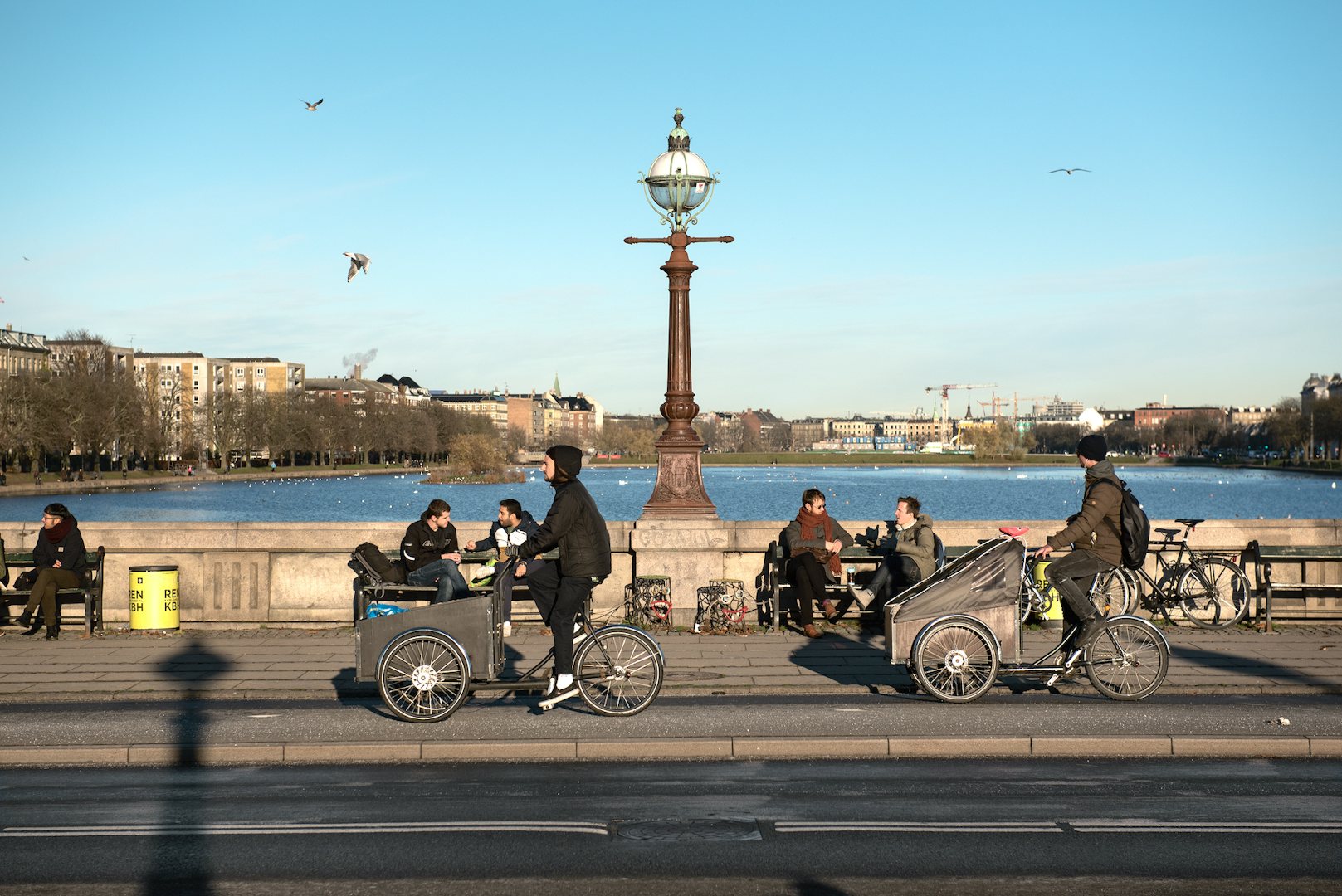
Tino van den Berg
JOIN THE HIDDEN SECRETS SOCIETY
Unlock a world of hidden gems. Sign up for free and gain access to over 4,000 addresses on our website. Plus, enjoy a 10% discount on all print guides and ebooks. Start exploring today!
Already a member? Log in. |
New here? Sign up. |